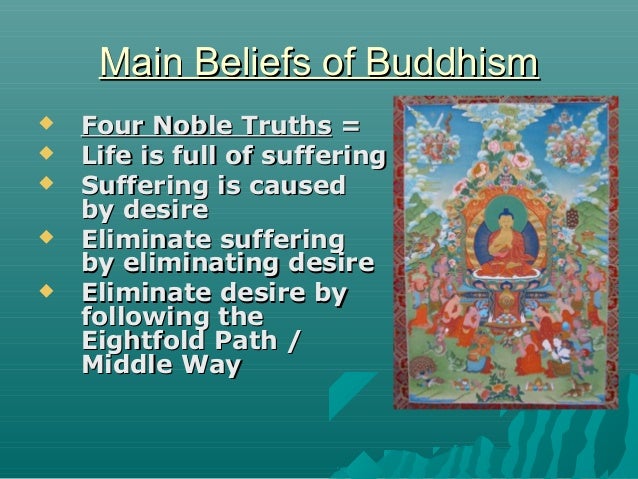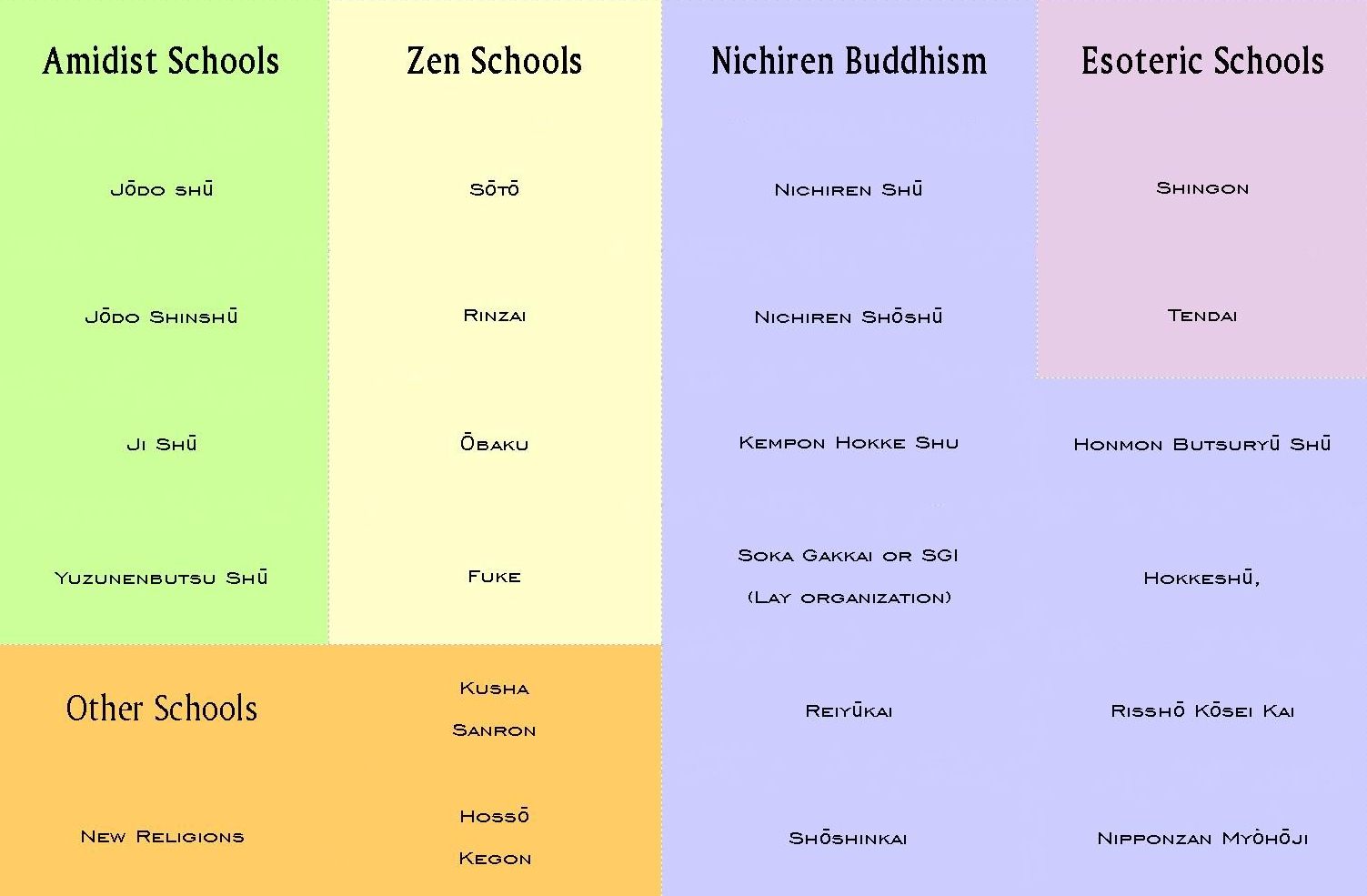Right Understanding of the Four Noble Truths. Existence is suffering dukhka.
 An Understanding Of Nirvana One Of The Core Concepts Of Buddhism
An Understanding Of Nirvana One Of The Core Concepts Of Buddhism
The 4 Noble Truths Buddha taught are.

What are the basic principles of buddhism. The basic doctrines of early Buddhism which remain common to all Buddhism include the four noble truths. The basic doctrines of early Buddhism which remain common to all Buddhism include the four noble truths. Respecting the truth is one of the most important principles of Buddhism.
Here are a few basic principles of this Buddhist practice. The heart of Buddhism is the conviction that we each have within the power to overcome any problem that comes our way. The moral code within Buddhism is the precepts of which the main five are.
But we can find another point another very important basics of Buddhism that were very heartily accepted by Chinese. The attainment of Nirvana. Buddhism is non-theistic which means it has no official god or deity.
Awakened one enlightened one. What Are The Principles Of Buddhism. This is what Buddhists do every day.
Suffering has a cause namely craving and attachment trishna. By following the Ashtanga Marga you can overcome sorrow. The truth of suffering dukkha The truth of the cause of suffering samudaya The truth of the end of suffering nirhodha.
Buddhists seek refuge in what are often referred to as the Triple Gem Three Jewels or Triple Jewel. Following the right path in life. Buddhism Began With Siddhartha Gautama.
No lying criticism condemning gossip harsh language. The original nature of the heart. While people do come together in groups its usually to acquire money or power- but not necessarily toward goals such as happiness peace and greater wisdom.
Existence is suffering dukhka. With training we can rid ourselves of negative ones and develop those that are healthier and more positive. And there is a path to the cessation of suffering the.
Desires are the cause of sorrow. Not to take the life of anything living not to take anything not freely given to abstain from sexual misconduct and sensual overindulgence to refrain from untrue speech and to avoid intoxication that is losing mindfulness. The foundation of Buddhism is the Four Noble Truths.
His conception was that man is the maker of his own destiny not any god or gods. One of the ideas of Buddha was that our life is just suffering. The final Noble Truth is the Buddhas prescription for the end of suffering.
You are interested in Buddhism but are afraid of all the theory presented here there are some key points that anyone can practice and are a sure way to improve your life and the one of others around you. Buddhability is an ability we all have within ourselves to change our lives. Buddhism ˈ b ʊ d ɪ z əm US.
The basis of Buddhism is Four Arya Noble Truths with Ashtangamarga. ˈ b uː d- is the worlds fourth-largest religion with over 520 million followers or over 7 of the global population known as Buddhists. The Four Noble Truths was opened or discovered by Buddha during his speech first speech in India.
Here are some basic principles of this Buddhist practice. Buddhism encompasses a variety of traditions beliefs and spiritual practices largely based on original teachings attributed to the Buddha born Siddhartha Gautama in the 5th or 4th century BCE and resulting. He even denied or doubted the existence of God and the Svarga Heaven.
And there is a path to the cessation of suffering the eightfold path of right views right resolve right speech right action right livelihood right effort right mindfulness and right concentration. Like Christianity has its 10 commandments so does Buddhism have its recommendations. Everyone would like to lead a happier life but few know what that would mean or how to accomplish it.
This ability is called the Buddha nature and looks like courage wisdom and compassion in our everyday life. 10 Basic Buddhist Beliefs. Our emotions and attitudes affect how we feel.
If we deny our desires we can avoid sorrow. There is a cessation of suffering which is nirvana. The Eightfold Path is also called the Middle Way.
The Buddhas Eightfold Path consists of. The world is a sorrowful place. Suffering has a cause namely craving and attachment trishna.
There is a cessation of suffering which is nirvana. In other words its a community of monks nuns and laymen who practice Buddhism in order to realize greater awakening for themselves as well as all other human beings. Do no-evil cultivate good purify your heart.
Denying the truth is actually lying which can create guilt confusion and disharmony. Important aspect of Buddhism Principles Buddha denied the authority of the Vedas and the utility of the Vedic and Brahmanical religious rites and rituals. And these basics called in Buddhism Four Noble Truths.
Unlike monotheistic religions like Christianity and polytheistic religions like Hinduism Buddhism has no deity at the center of its beliefs. This is a set of principles called the Eightfold Path. Buddhists are also asked to keep away from half-truths exaggeration or understatements and instead work on being honest.
Theravada Way of the Elders Mahayana Greater Vehicle and Vajrayana Diamond Vehicle. Buddhism isnt organized according to hierarchies of power like in other religions.
In other religions the person who houses the wisdom of the sacred texts is at the topHowever we can find different schools branches or types of Buddhism where the classification is different.
Different sects of buddhism. China Korea Vietnam and Japan are shaded yellow for Mahayana. Burma Sri Lanka Laos Thailand and Cambodia are shaded red for Theravada. The schools of Buddhism are the various institutional and doctrinal divisions of Buddhism that have existed from ancient times up to the present.
Depending on who you talk to there are either 2 or 3 different major sects of Buddhism. During Buddhisms 2500 year history several thriving sects have emerged each with a unique take on the teachings of Buddha and daily practice. Nyingma Buddhism the oldest Tibetan denomination and the newer Kagyu Sakya and Geluk sects of Buddhism.
Buddhist Sects and Schools There are many subdivisions within Buddhism but most can be classified into three major branches. Vajrayana - Vajrayana Buddhist tradition is an esoteric sect that is predominant in Tibet and Nepal. There are three main Buddhist sects.
1 Theravada Buddhism 2 Mahayana Buddhism and 3 Vajrayana Tibetan Buddhism and Tantrism. Today were going to cover the three main schools of Buddhism. Furthermore both believe in the following fundamental principals of Buddhism.
The Two or Three Major Schools of Buddhism Buddhism can be divided into two major schools. Theravada Way of the Elders Mahayana Greater Vehicle and. The School of the Elders.
They believe that the physical has an effect on the spiritual and that the spiritual in turn affects the physical. Theravada and Mahayana Buddhism went their separate ways in the first century CE. The classification and nature of various doctrinal philosophical or cultural facets of the schools of Buddhism is vague and has been interpreted in many different ways often due to the sheer number perhaps thousands of different sects subsects.
Tibetan Buddhism is further broken into four major divisions of its own. Tibet and Mongolia are shaded orange for Vajrayana. The two main sects of Buddhism shared all the fundamental doctrines of Buddhas teachings.
Shotoku Sect Sanron sect. Fist both sects firmly believe that Buddhas teachings are the only method to attain the ultimate goal of Nirvana. 239 Its teachings derive from some 300400 extant letters and treatises attributed to Nichiren.
For instance Christianity has Lutheranism and Evangelicalism while Islam has. In fact Theravada and Mahayana only diverge on a few beliefs that many would consider not core to Buddhism. The Gelugpa Gelug sect was founded by Tsongkhapa a reformist monk and great Tibetan scholar.
Branches of Buddhism Most world religions have different sects or branches each with their own school of thought. According to the Asia Society Museum. Map illustrating the major centers for the three schools of Buddhism.
To clarify this complex movement of spiritual and religious thought and religious. In this section well contrast the three dominant strains of Buddhism.
The third is VajrayanaThunderbolt Vehicle otherwise known as Tibetan Buddhism. Mahayana Buddhism more than other sects focuses on the religious community and working with others rather than solely achieving personal enlightenment. Theravada the School of the Elders is the oldest school of Buddhism.
Vajrayana was last of the three ancient forms to develop and provides a quicker path to Enlightenment than the other two. The two that no one argues over are Theravada teachings of the elders and MahayanaGreat Vehicle. Theravada Mahayana and Vajrayana along with a fourth-Zen Buddhism-that grew out of Mahayana and has gained increasing popularity in the West.
There are many different types of Buddhism including Zen Thai Forest Tradition and Pure Land Buddhism. There are many subdivisions within Buddhism but most can be classified into three major branches. References 1 Buddhist Studies.
It is headed by the Dalai Lama. Three main types of Buddhism have developed over its long history each with its own characteristics and spiritual ideals. The Great Vehicle also promotes worship of Buddhist leaders and bodhisattvas making this branch of Buddhism similar to deity-based religions.
Nara Buddhism lineNanto Rokushu or the Six Sects of Nara Nanto Rokushu also called Nanto Rikushu is the general term of the six Buddhist sects which flourished mainly in Heijo-kyo the capital of Japan in the Nara period in the Nara period. Today Theravada is the dominant form of Buddhism in Sri Lanka Thailand Cambodia Burma Myanmar and Laos. What are the sects of Buddhism.
The Gelugpa Yellow Hat Sect is the newest largest and most important school of Tibetan Buddhism. Mahayana is dominant in China Japan Taiwan Tibet Nepal Mongolia Korea and most of Vietnam. Nichiren Buddhism focuses on the Lotus Sutra doctrine that all people have an innate.
Differences Between Theravada and Mahayana Buddhism.
